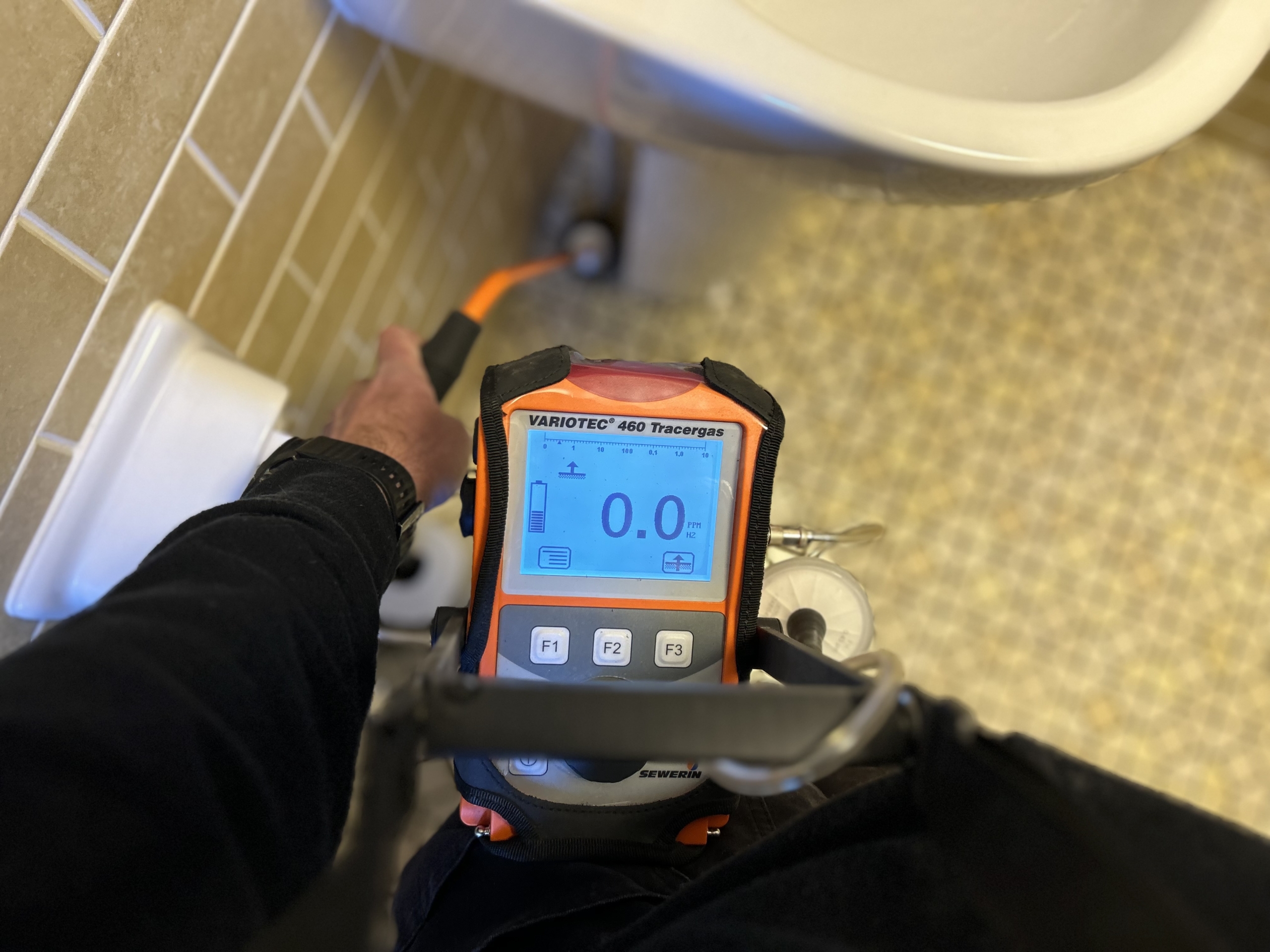Innovative Solutions for Very Early Discovery of Water Leaks in Structures and Framework
From sophisticated leakage discovery technologies to the deployment of IoT sensors for real-time monitoring, the landscape of leak avoidance is progressing quickly. Automated water circulation evaluation systems are reshaping how leaks are identified and resolved, paving the means for a positive method to water leakage discovery.
Advanced Leak Discovery Technologies
Advanced leakage discovery technologies, equipped with cutting-edge sensing units and formulas, play a vital function in swiftly identifying and identifying water leaks in various setups. These innovations employ a combination of acoustic, thermal, and electro-magnetic picking up techniques to identify leakages accurately. Acoustic sensing units find the noise of escaping water, permitting accurate localization of the leakage resource. Thermal imaging discovers temperature adjustments triggered by water leakage, giving one more effective method for leakage identification. Electro-magnetic sensors can identify adjustments in magnetic fields brought on by water, providing yet another layer of leak discovery ability.

IoT Sensors for Real-Time Monitoring
In the realm of modern water leak discovery, the assimilation of IoT sensing units for real-time monitoring represents a crucial innovation in enhancing proactive leak detection abilities. These sensors use continual surveillance of water systems, providing real-time data on water circulation prices, stress variations, and temperature changes. By leveraging IoT innovation, these sensing units can identify also the tiniest abnormalities in water use patterns, making it possible for very early recognition of possible leaks before they escalate into major issues.
IoT sensors send data to a centralized platform, where sophisticated algorithms evaluate the information and generate signals or alerts when abnormalities are discovered. This real-time tracking capacity enables building proprietors or facility supervisors to promptly deal with leaks, decreasing water damages, decreasing fixing prices, and saving water resources.
Furthermore, IoT sensors can be incorporated with structure management systems, enabling automated feedbacks to found leaks, such as closing off water valves or turning on pumps to alleviate the impact of leakages. Generally, the implementation of IoT sensing units for real-time tracking significantly boosts the effectiveness and effectiveness of water leakage detection in structures and infrastructure.
Artificial Intelligence Algorithms for Leak Prediction

One key advantage of utilizing artificial intelligence for leakage prediction is its ability to continually discover and enhance its precision in time. As even more information is collected and fed right into the formula, it can fine-tune its predictions and adjust to altering problems, eventually increasing the integrity of leakage discovery systems.
Furthermore, artificial intelligence algorithms can aid in determining subtle indications of leaks that may go undetected by conventional monitoring techniques. water leak detection. By evaluating complex data embed in real-time, these algorithms can give early warnings and informs, permitting timely treatment and precautionary upkeep to reduce possible water damage and connected costs
Using Thermal Imaging for Leakage Detection
Thermal imaging innovation supplies a promising method for discovering water leakages in various systems and frameworks. By utilizing infrared radiation and temperature level variances, thermal imaging video cameras can determine concealed leaks that are not easily visible to the naked eye.
One of the crucial benefits of thermal imaging for leakage discovery is its non-intrusive nature. Unlike conventional techniques that might call for getting into walls or floors to find leakages, thermal imaging permits for non-destructive screening. This not just conserves time and reduces expenses but also reduces disruption to the structure or infrastructure being analyzed. In addition, thermal imaging can rapidly scan large areas, offering a comprehensive introduction of potential leak sources in a prompt manner. On try this website the whole, the usage of thermal imaging innovation enhances the efficiency and accuracy of water leak detection, making it a beneficial device for maintaining the integrity of buildings and facilities.
Automated Water Circulation Analysis Systems
Just how can automatic water flow evaluation systems change the detection and administration of leaks in different systems and facilities? Automated water flow analysis systems provide a positive approach to leakage discovery by continually checking water circulation rates and patterns. By developing baseline information, these systems can quickly recognize deviations that might indicate a leakage, allowing timely intervention to stop comprehensive damages.
These systems utilize advanced algorithms to assess real-time data and provide instant notifies when anomalies are identified, permitting swift activity to be taken. Additionally, automatic water circulation evaluation systems can be incorporated with structure administration systems or IoT platforms, boosting overall effectiveness and making it possible for remote surveillance capabilities.
Moreover, the information accumulated by these systems can be used for predictive upkeep purposes, aiding to recognize possible weak factors in the facilities before leaks occur. Overall, the execution of computerized water flow analysis systems can considerably improve leak discovery and administration methods, ultimately leading to set you back financial savings, minimized water wastage, and increased sustainability in structures and facilities.

Final Thought
In verdict, the assimilation of innovative leak detection technologies, IoT sensing units, artificial intelligence algorithms, thermal imaging, and automated water circulation analysis systems offers innovative options for very early detection of water leaks he said in buildings and facilities. These modern technologies make it possible for real-time tracking, prediction of leaks, see page and effective detection methods to avoid water damage and wastefulness. Executing these services can help in maintaining the honesty and sustainability of water supply in different settings.